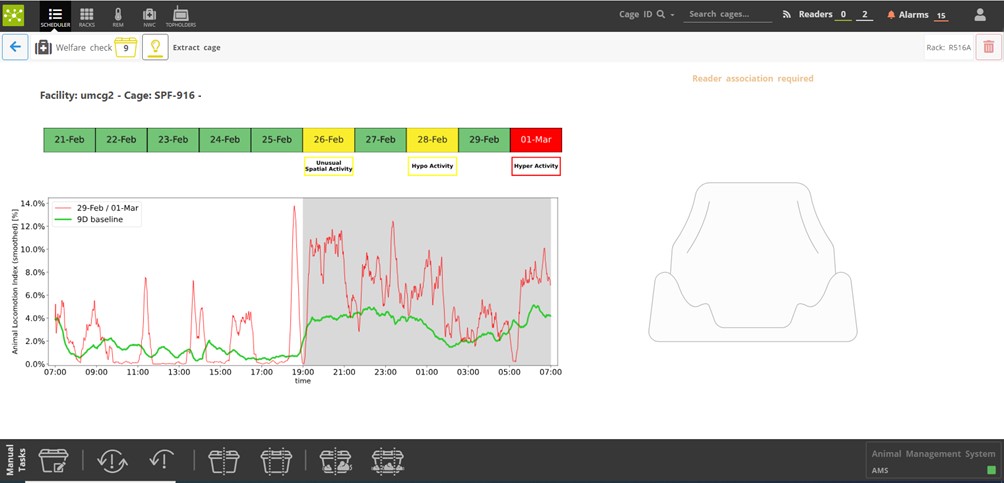Animal welfare is crucial in the laboratory animal industry for several key reasons:
- Ethical Responsibility: Recognizing animals as sentient beings, ethical standards require minimising their suffering. This is central to global regulations and policies ensuring humane treatment.
- Scientific Validity: The well-being of animals directly affects the reliability of research data. Unwanted stress or sickness in animals can lead to inconsistent results, undermining the research's integrity.
- Regulatory Compliance: Adherence to legal standards of animal care is mandatory for research authorisation, funding, and publication. It also safeguards institutional reputations.
- Public Trust: Humane treatment of animals maintains public support for scientific research. It prevents backlash and fosters trust in research practices.
- 3Rs Principles: The principles of refinement, reduction, and replacement emphasise improving animal welfare and scientific quality by minimising animal distress, reducing the number of animals used, and finding alternatives to animal testing.
- Economic Efficiency: High welfare standards prevent losses from disease or mortality, reducing costs and improving research efficiency.
Prioritising animal welfare ensures ethical treatment, enhances research validity, meets legal requirements, maintains public trust, and improves economic efficiency, making it fundamental to the integrity and sustainability of scientific research.
In the Digital Vivarium, once a cage is registered, it undergoes continuous monitoring around the clock. This surveillance includes checking for the availability of food and water, detecting any potential water leakage from bottles or Automated Watering Systems (AWS) valves, and identifying any unusual changes in the animals' activity levels within the cage compared to established baseline behaviors.
Crucially, this involves a sophisticated Welfare algorithm that operates on a global scale, analysing data from all registered cages across various facilities. Each morning, it generates a report highlighting cages that require closer inspection due to observed anomalies in animal behaviour. The specific types of irregular activities detected by the Welfare algorithm include:
- Hypoactivity: significantly reduced movement or activity levels.
- Hyperactivity: excessively high movement or activity levels.
- Unusual Spatial Distribution: atypical patterns of space usage within the cage.
- Unusual Temporal Distribution: irregular patterns of activity over time.
- Fighting-like Behaviours: interactions resembling aggression or conflict.
- Stereotypies: repetitive, invariant behaviours with no obvious purpose.
This comprehensive monitoring approach ensures early detection of potential welfare issues, allowing for timely intervention and maintenance of optimal conditions within each cage.

Fig. 1: All the cages that need to be carefully inspected are grouped by DVC® Rack level

Fig. 2: The cages with welfare issues are directly illuminated at DVC® Rack level

Fig. 3: In the DVC® Operator User Interface, while performing the assigned task and physically removing the cage from the DVC® Rack, the reason behind the triggering of the Welfare task is shown with clear charts to the Operator. The red line represents the last 24 hours of circadian rhythms compared to the green line, which indicates the previous 9-day baseline.
// 1 February 2022
// 10 November 2021
// 30 September 2020
ALL NEWS
